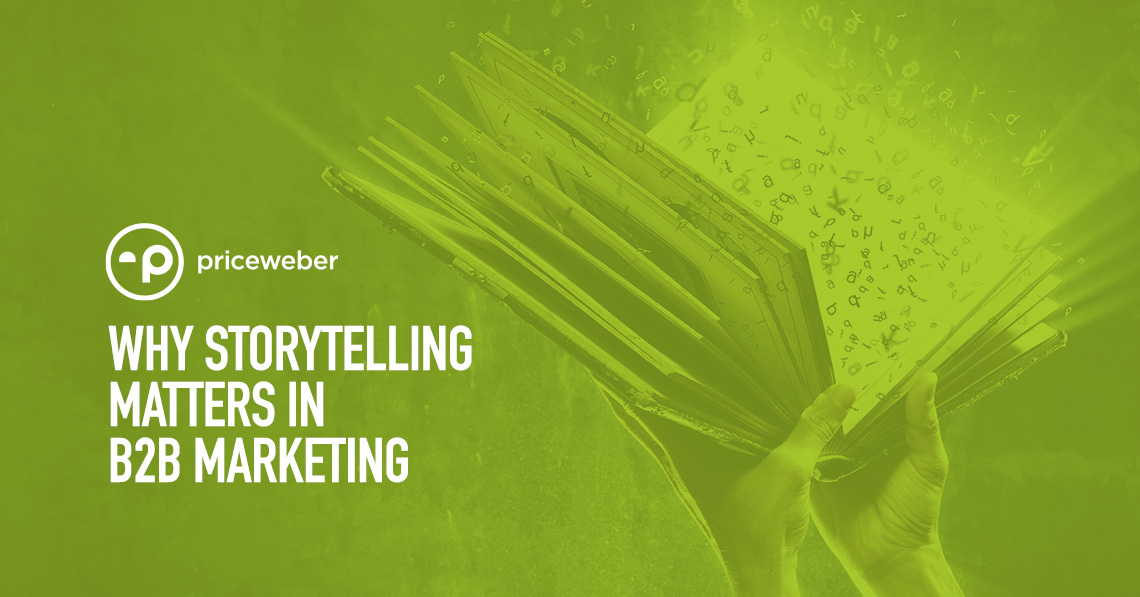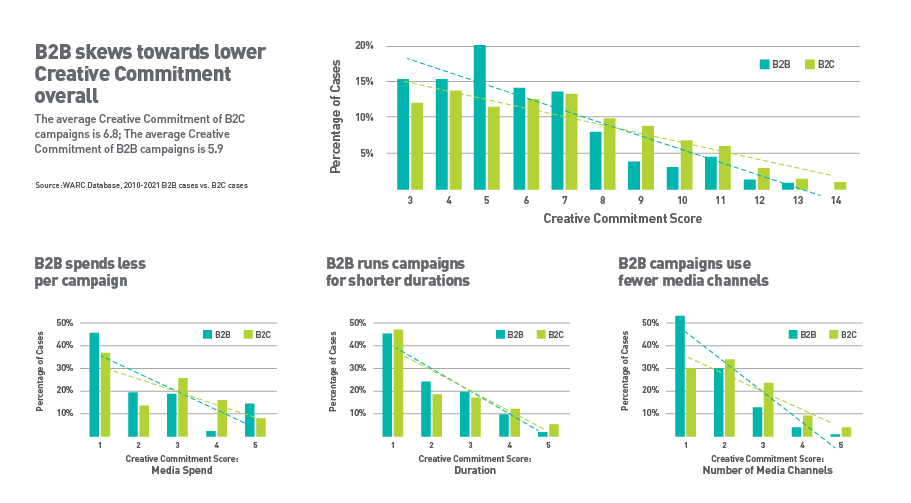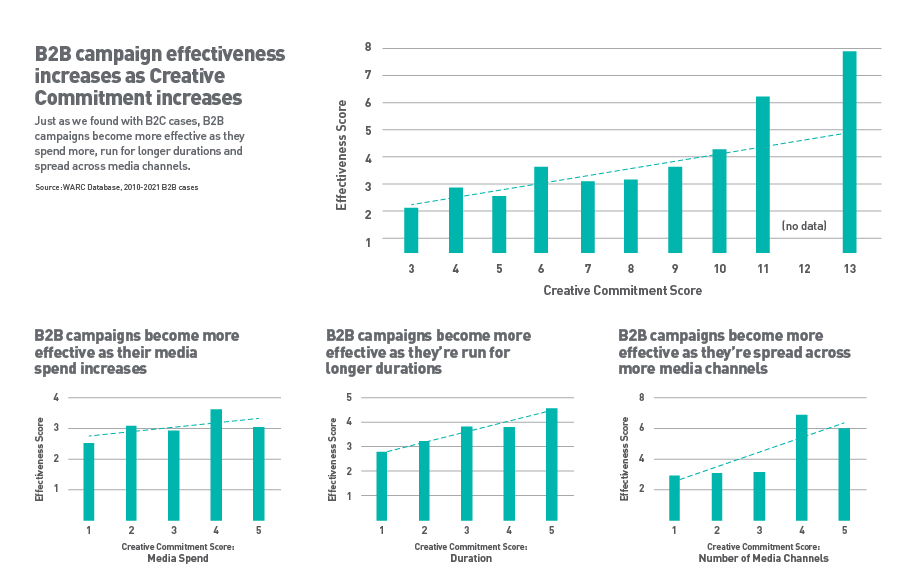Few marketing tropes have been thrown around over the past several years quite as much as “storytelling.” Many a book, webinar or convention speech has talked about the nature and importance of storytelling, but more often than not, that content has focused on storytelling for consumer brands. Clearly, storytelling is important. We learn about our world from the stories we read, hear and watch, and historically, storytelling has been a foundational element in cultures across the globe. In marketing, it’s been scientifically shown to be extremely effective in helping people remember and engage with our brands; in some cases, it’s as much as 22 times more likely to remember.
In today’s edition of Plain Talk, we’ll give the humble story its due and talk through the value of storytelling in B2B marketing, specifically to your customers.
- Yes, Storytelling Makes Sense in B2B
- Back to the Basics
- The Essential Elements
- Walking the Walk
- The Big Picture
- Have more questions?
Yes, Storytelling Makes Sense in B2B
If it’s commonly known how stories can be valuable to sharing information, then why are many B2B marketers putting out content that’s as dry as a piece of unbuttered wheat toast in the Sahara?
“The B2B Effectiveness Code,” a major 2010-2021 study by the B2B Institute at LinkedIn in partnership with WARC and Lions, found that most B2B marketing “skews heavily towards short-term, rational and tightly targeted campaigns that seek to drive immediate sales effects.” And the use of emotional, creative work is largely absent.
Source WARC, 2021
Even the most technical B2B content doesn’t have to be dull. Technical language is still fine when relevant to the audience, but a narrative will create a connection worth something! It works for everybody and types of audiences and learners. Yes, it may take a little extra work and bring up bad memories of your high school literature teacher, but storytelling in the B2B space has a happy ending. Psychologist Vanessa Boris at Harvard Business Publishing offers this, “We understand intuitively that the stories we hold in common are an important part of the ties that bind. This understanding also holds true in the business world, where an organization’s stories, and the stories its leaders tell, help solidify relationships in a way that factual statements encapsulated in bullet points or numbers don’t.” Your story is more than sell sheets and pricing.
According to WARC’s 2020 Health of Creativity report—an analysis of the most awarded ideas from 2015-2018 looking at campaigns awarded for both creativity and effectiveness—found that more than a quarter (26%) of the ideas used storytelling as a creative strategy, only the third most-used strategy.
Back to the Basics
Storytelling creates relationships. And more importantly, according to WARC research, “it gently persuades an audience into suspending their cynicism, to ‘buy in’ to an emotion or point of view. A good story has character, plot and resolution. It will also mirror the experiences and emotions of the audience in order to engage them.”
For B2B marketers, rather than make a case for a service, it’s typically better to develop a story, according to Frank Rose, faculty director of the executive education program, “Strategic Storytelling,” presented by the Columbia University School of the Arts in association with Columbia Business School. “Research in cognitive psychology and neuroscience has shown that people tend to project themselves into stories. The more we identify with the main character, the more a story is likely to have an effect on our opinions and beliefs.” There can be surprises and morals but focus on defining the characters, plot and story arc you want your audience to experience. These devices engage and create empathy that is valuable in a B2B relationship. As technology changes, this foundation will carry on through the latest technology and marketing trends.
The Essential Elements
While today’s marketers face a variety of growing tactics and opportunities available, from short-form Twitter to long-form podcasts, the story is the foundation; the mode of engagement and how they tell the story is secondary. Details and thoughtfulness create truly memorable authentic brand experiences. So here are some basic building blocks to start.
- Character: Your brand is your protagonist! Thinking of it as a person—can you say “they” are young and innovative, or experienced and dedicated? Are they warm and comforting, or aloof and lavish? What specific attributes does your brand’s character bring to the story?
- Plot: What are the main events your primary audience will experience with your brand? Where does it begin by meeting your character, and when and where will it end?
- Emotion: Is your brand bringing relief to a difficult situation? Is it making a tedious process easier and lessening anxiety? Is it obtaining a sense of confidence and pride to the audience?
- Conflict: What is happening to your audience that means they need assistance your brand can provide? Resolution: Is your brand solving a problem? Are you helping them feel better about themselves? Is this an ongoing relationship?
Walking the Walk
There are a lot of businesses out there telling their story well. One particularly successful story where a brand crafted a technical message into a compelling dramatic story is HP’s Wolf Security campaign, which debuted in 2017. Not every B2B business has the budget to hire a well-known Hollywood star like Christian Slater. However, the campaign still holds up if you remove the “Mr. Robot” star. It is still an extraordinary well-crafted story with all the elements we addressed earlier needed to ensure the audience engages and buys into the proposition.
Here’s a legacy office printer manufacturer creating relatable emotional intrigue for the contemporary IT audience and all employees, a conflict, and a resolution via its hero character—HP Wolf Security.
The successful campaign spawned multiple sequels over more than four years and creative, engaging content across marketing channels in addition to the videos. And like any good story, it adapts to the times. When the pandemic sent many workers to home offices, Wolf returned to help save the day.
The Big Picture
In your B2B marketing, storytelling is about the whole picture versus the sum of the parts. You can build relationships on many things, but statistics are not a primary factor. However, storytelling can and will do the following.
1. Make your brand more memorable
2. Help people understand and empathize with your brand
3. Communicate your values
4. Drive long-term growth based on a stronger connection with the audience
So, if you’re targeting a B2B audience and haven’t set aside the time to truly think and evaluate the pieces of your brand’s story, don’t you think it’s about time to do so?
Have more questions?
If you want to talk through your B2B brand story or need more info about how to best develop your brand’s character, plot and resolution, give us a call at 502-499-4209 or drop us a note here, and we’ll be happy to help.
About the author
Steve Kozarovich is a Senior Account Director at PriceWeber who started his marketing career with 15 years as a professional storytelling journalist. He now works with brands of all sizes, crafting their storytelling.




